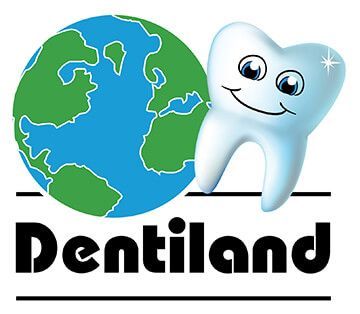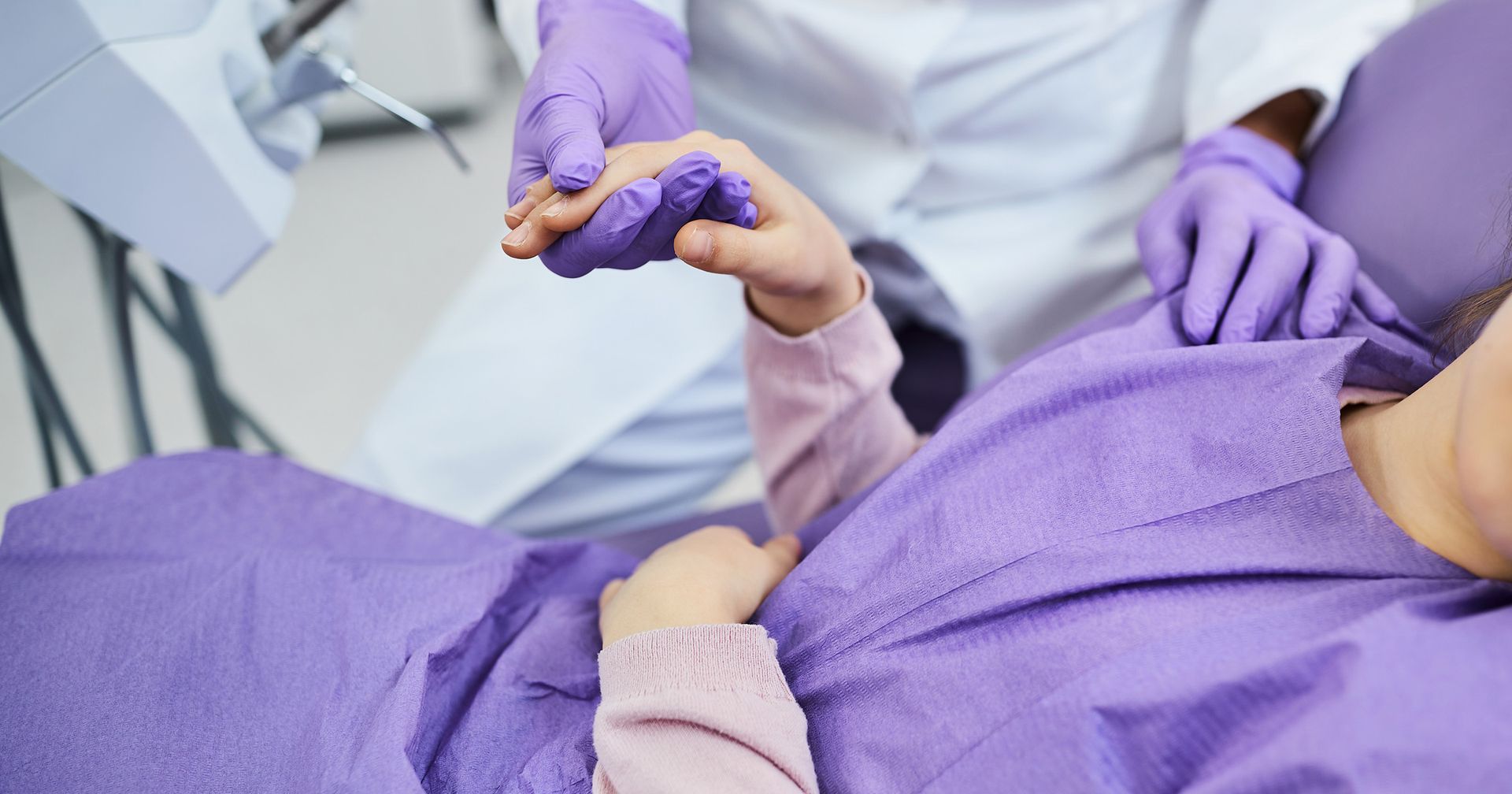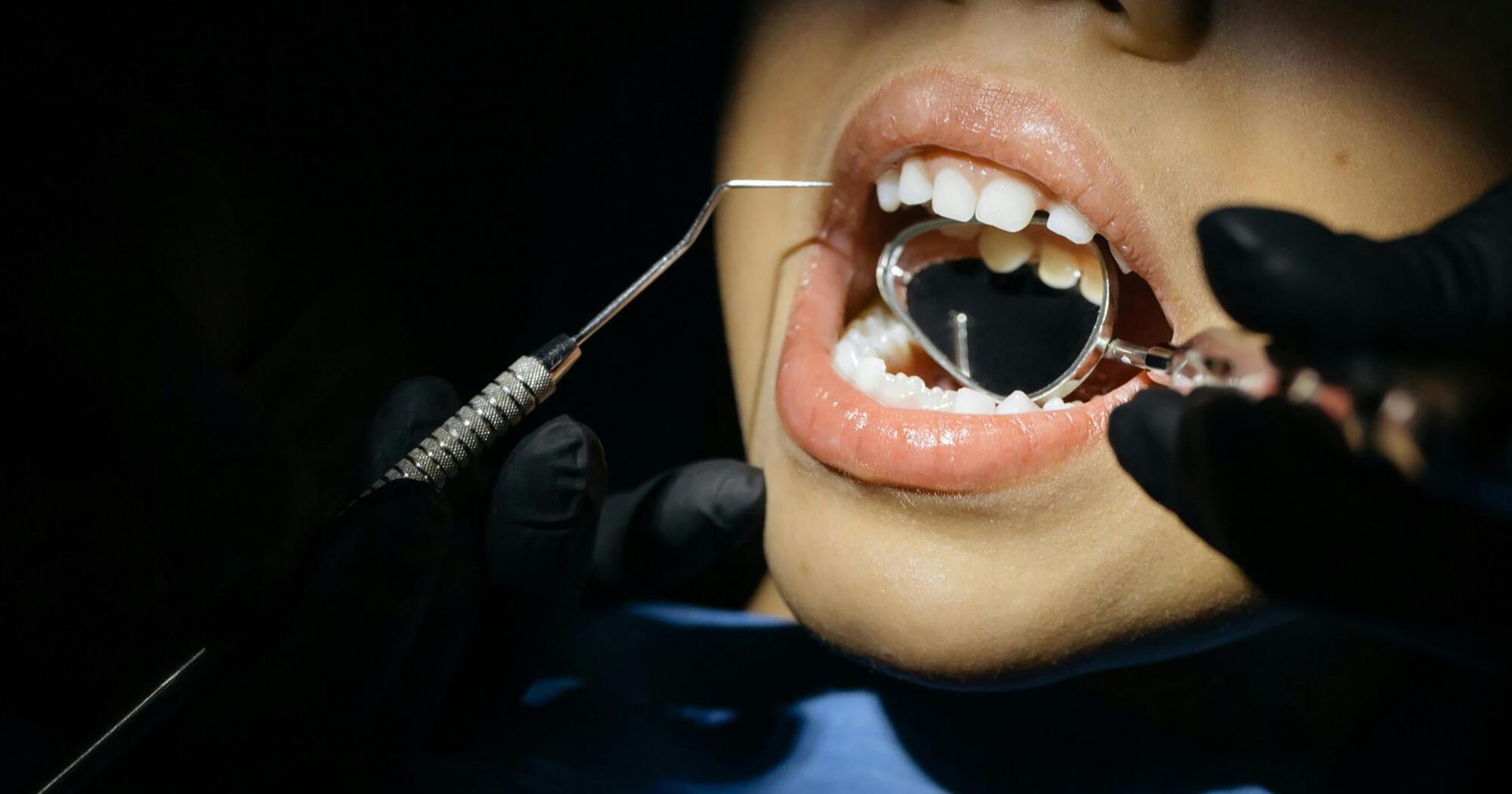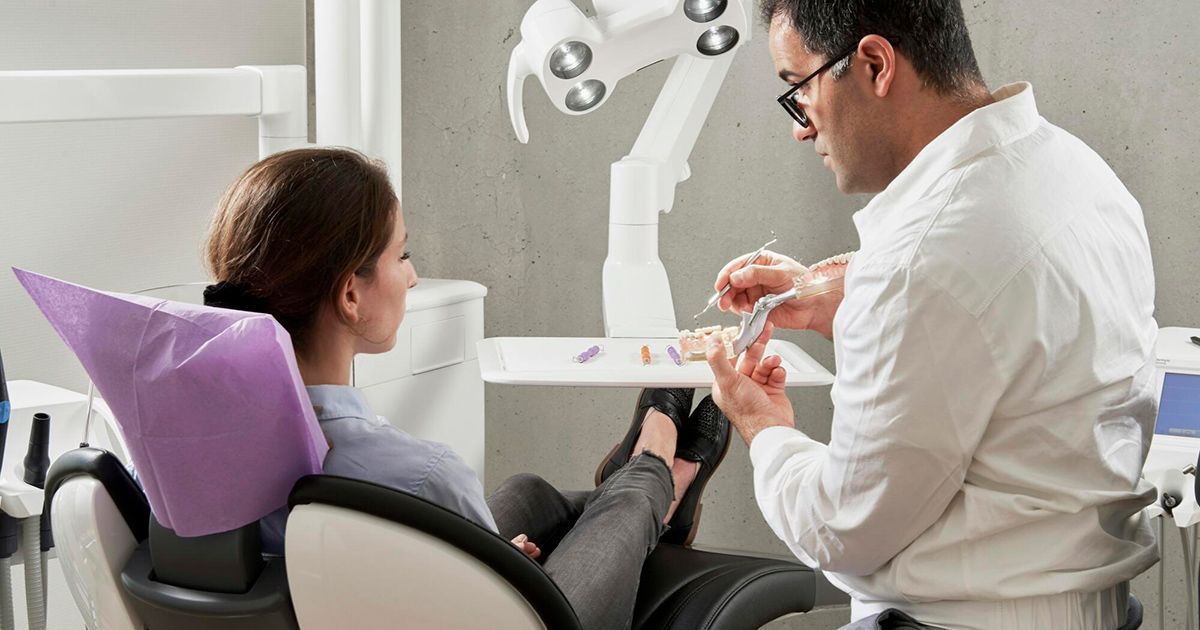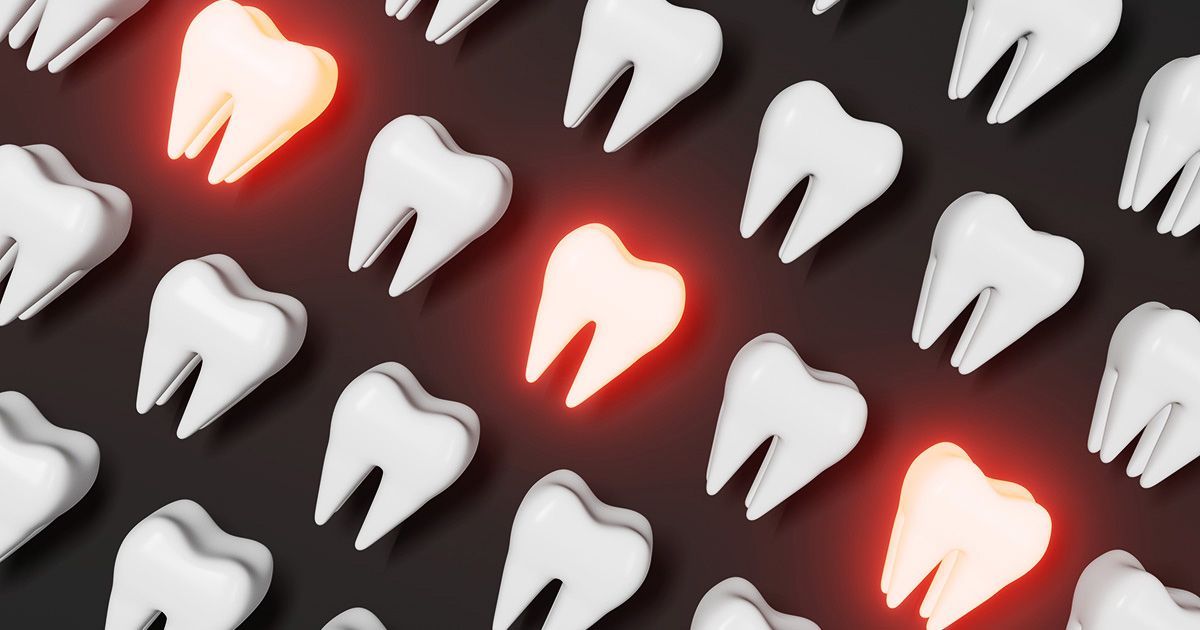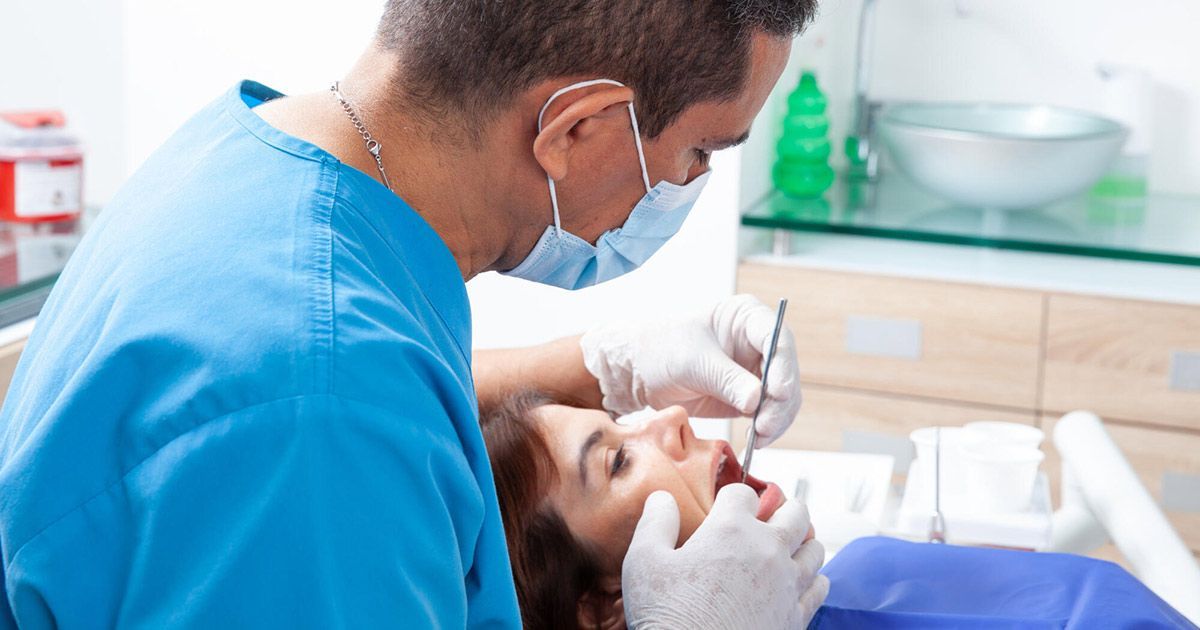Dentiland has partnered with a reputable business hotel in walking distance to our Dental clinic. Please contact our office for more information.
Dentiland has partnered with a reputable business hotel in walking distance to our Dental clinic. Please contact our office for more information.
Smile! Your Guide to Dental Implants in Tijuana
Dentiland • July 8, 2020
Dental implants may sound scary, but they're perfectly painless. Learn all about dental implants in Tijuana and why they might be right for you.
Americans aged 20 to 34 have around 27 teeth
on average. Considering a full set of adult teeth is 32, this means many adults have at least a few teeth missing.
Missing teeth can be a pain to deal with when trying to eat or talk. Not to mention, it can also take a toll on your self-esteem when you smile.
You don't have to live with this issue. There are many dental solutions available, such as dental implants.
Are you interested? Then here's a guide to dental implants in Tijuana so you know what to expect.
What Are Dental Implants?
Dental implants are considered a type of restorative dentistry. This is different from cosmetic dentistry, where procedures are done for aesthetic reasons.
These implants take the place of your natural tooth roots, which means you get replacements for any teeth you're missing or ones that are failing badly in health.
They're a great alternative to things like dentures since they're permanent and help keep your jaw strong and healthy. They also feel and look natural, which helps restore function for patients.
Considering their durability and convenience, it's no surprise that many people are choosing to get dental implants to make up for their lack of teeth.
How Do Dental Implants Work?
Dental implants actually consist of three different parts: the actual implant, the abutment, and the crown.
The implant itself is a screw that is affixed to your jaw. It acts in place of your natural tooth root. You can consider it as the anchor for everything else.
Next is the abutment. This is the piece that serves as an anchor for the crown, so you can think of it as a type of connector between that and the implant.
Finally, we have the crown. This is what people will perceive as your natural tooth. This is because your dentist will make it out of porcelain and match the shade to your other teeth.
This procedure can be done for just one tooth, several, or even whole sets on the upper or lower part of your mouth. For example, you can get the All-on-4 treatment. This is where you get four implants in your mouth and a whole set of teeth on top.
Who's Right for Dental Implants?
While dental implants sound like a great procedure to get, unfortunately, not every person will be right for it.
Here are some factors to consider when you want to get dental implants.
Good Oral Health
First off, you need to have good oral health. Not only does this include your teeth, but also your gums. If your oral health is in poor shape, then this can increase the chances of your dental implants failing.
Good Overall Health
In addition, you should have relatively good overall health as well. If you have diseases such as diabetes or an autoimmune disorder, they can also cause your dental implants to fail and affect how well you heal.
Plus, non-smokers are the best candidates. If you use any tobacco products, they can affect osseointegration, which is the integration of the implant with your tissue.
Good Bone Density
You also need to have good bone density in your jaw. Because the implant needs to go into your jawbone, it needs to have a good place to anchor. If you don't have good bone density, your dentist
might consider bone grafts for you.
Commitment to Good Dental Hygiene
Lastly, you need to be committed to practicing good dental hygiene for the rest of your life. Your oral health isn't a static thing; it can change depending on your lifestyle and habits.
If you don't keep up with good dental hygiene, your oral health may decline. As a result, this may cause your body to reject the implant.
The Dental Implant Procedure
Dental implants will require several dental appointments. Here's what happens at each one.
Initial Exam
At your initial exam, your dentist will determine if you're a good candidate. If so, they'll do a thorough exam, including taking your medical history and some X-rays, 3D images, and/or models.
Putting in the Implant
Your dentist will numb your mouth before putting in the implant. Once you're sufficiently numb, they'll cut into your gums, place the implant, and sew the gum back up. They'll also put a healing collar on so the gums don't heal over the implant.
You'll then have to give it a few months for the implant to heal, or go through osseointegration. In some cases, you can get a temporary crown placed.
Putting in the Abutment
Once you've healed, you'll come back to the dentist's office for the abutment placement.
Your dentist will remove the healing collar. Then, they'll place the abutment on top.
You'll have to heal again for a few weeks.
Putting in the Crown
Since your mouth has changed since before the implant and abutment were placed, your dentist will most likely take another impression of your mouth to ensure the crown they make will fit.
Once they get the crowns, they'll be able to place them on top of the abutments to complete the process.
Get Dental Implants in Tijuana
Now you know how dental implants work, and who they might be right for.
If you feel like you'd be a good candidate, then don't hesitate to speak with a dental professional. They'll be able to assess your oral health and recommend the best course of action to restore your teeth.
Everyone deserves to smile, eat, and talk normally. If you've gone long enough without functioning teeth, it's time to change that with dental implants in Tijuana.
Are you interested in hearing more about Tijuana dental implants? Then book an appointment with us
today. We'll get back to you during our working hours.
Dedicated to Adults and Children of All Ages
Cofepris permiso 2302022002A00138
FF-COFEPRIS-13 2302022002A00138
FF-COFEPRIS-02 2302025036X00873
FF-COFEPRIS-13 2302022002A00138
FF-COFEPRIS-02 2302025036X00873
204, Ignacio Comonfort 9350, Zona Urbana Rio Tijuana, 22320 Tijuana, B.C., Mexico
